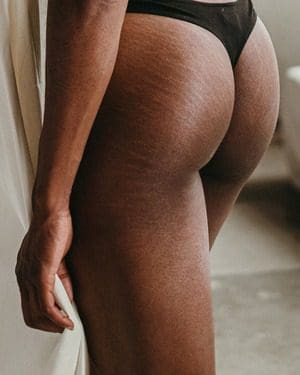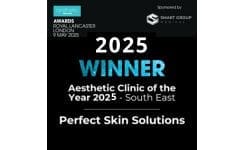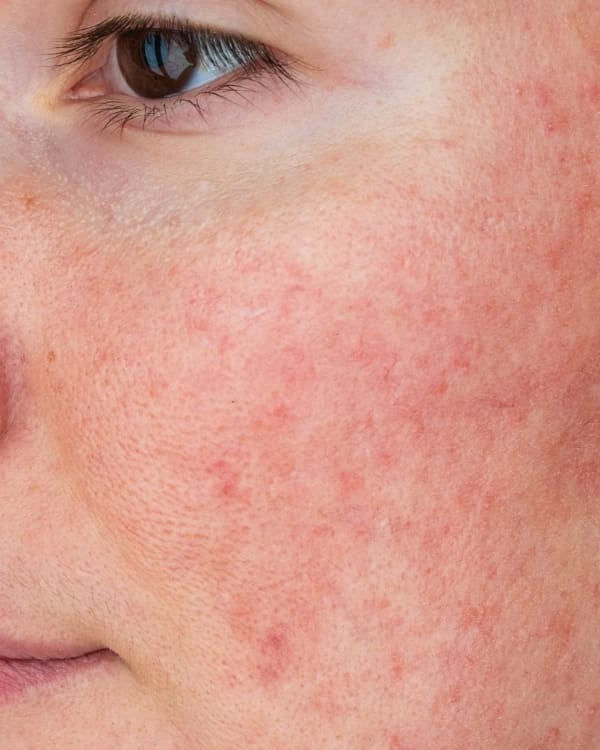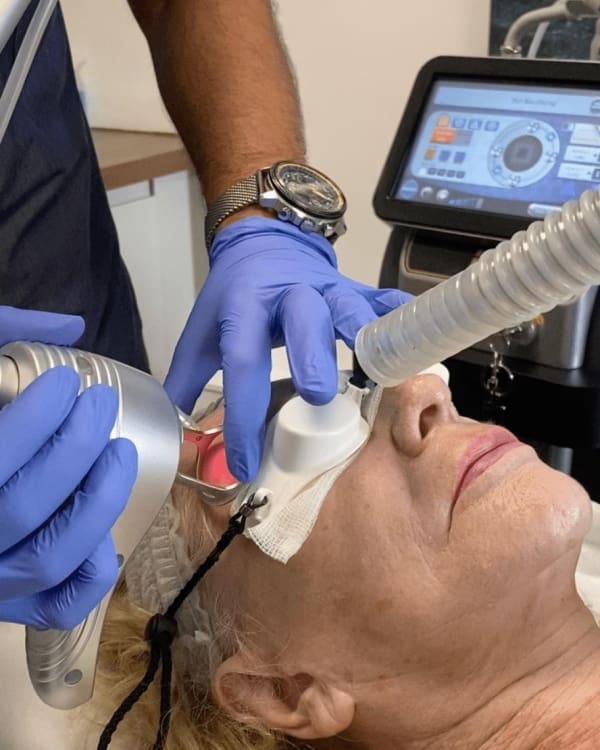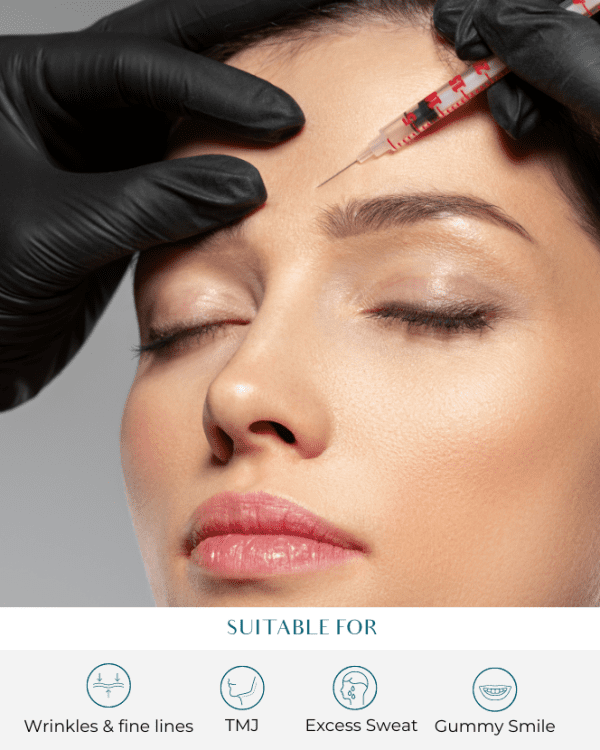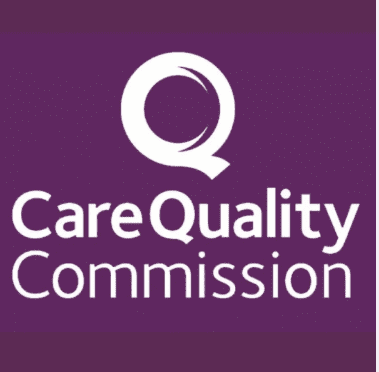Stretch Mark Troubles?
What are stretch marks and what causes them?
Stretch marks may appear when skin is stretched or shrunk over a short period of time, e.g during pregnancy or crash weight loss. Other causes include over-use of steroids, puberty and certain endocrine (hormonal system) disorders. The skin’s structural integrity is maintained by proteins like collagen and elastin. These rapid changes result in breaks in the fibres of these proteins, causing the visual appearance we refer to as stretch marks. These are really a form of scarring.
Can you actually get rid of stretch marks?
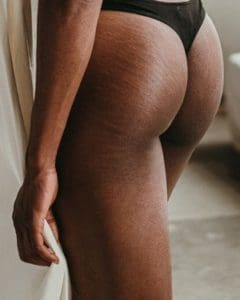
Like with any type of scar, I always advise patients that we can aim to improve the appearance of the marks but not completely get rid of them.
Do stretch marks go away when you lose weight?
Unfortunately, they do not. Once the structural damage has occurred resulting in the stretch marks, only active treatment is likely to give noticeable improvement. Of course, the colour of the marks can change naturally over time. Initially, they are red or pink (striae rubra) as blood vessels are near the skin surface. These are easier to treat. In time, these become white (striae alba), which are more challenging but not impossible to treat.
Are there any OTC products that work?
Hyaluronic acid has good evidence to support its role in both prevention and treatment of stretch marks, especially in the early stage. CellDerma’s Hyaluronic Cream is excellent, containing both a high concentration of hyaluronic acid and its most water-soluble form, meaning it penetrates deep into the skin. Retinoids (vitamin A family) have also been shown to help reduce the appearance of stretch marks. However, the strongest form, Tretinoin, is only available on prescription. CellDerma has launched a retinoid of equal potency but one that will not require a prescription or cause the usual irritation associated with tretinoin. RETIN-ACE is available to buy in our clinic or on the CellDerma website.
What are the best clinic treatments for stretch marks?
Even before I start in-clinic treatments, I have my patient applying topical growth factors twice daily. I swear by the CellDerma GF5 Bioregenerative Serum; my patients usually notice an improvement within six-eight weeks of starting GF5. My protocols are customised to the patient but typically, I will include Fractora (by InMode), an FDA-approved microneedle-assisted radiofrequency system (RF). It has been around for over a decade and is just exceptional on most scars including stretch marks. This has been succeeded by the popular Morpheus8 but I still prefer Fractora for scar reduction. I will often add in exosomes (derived from stem cells) or the patient’s own blood product called iPRF (Injectable Platelet-Rich Fibrin) which promote the regenerative process. The product can be micro-needled into the skin (e.g. with DermaFNS) which adds to the mechanical stimulation of the repair process. Laser is another option which I may combine with Fractora in challenging cases but RF is safer and comes with far less recovery time. To further improve the discolouration in fresh stretch marks, Lumecca is excellent. This is a state-of-the-art Intense Pulsed Light (IPL) system like no other. The Fractora – Lumecca combination is a really winner for stretch marks, especially when in the pink phase.
Can anything prevent stretch marks?
Surprisingly, for the prevention of scars, common OTC products such as vitamin E cream, olive oil, almond oil and cocoa butter have shown no benefit in studies performed to look at their prevention potential. Hyaluronic acid does have evidence to support its role in prevention. My advice to anyone who is going through a process likely to lead to stretch marks, e.g. pregnancy, is to apply a combination of hyaluronic acid and growth factors from the start of pregnancy. Retinoids should not be used during pregnancy due to the risk of affecting the unborn child.
STRETCH MARKS – Dr Dev Patel, Founder & Medical Director of Perfect Skin Solutions & Perfect Skin Academy





















